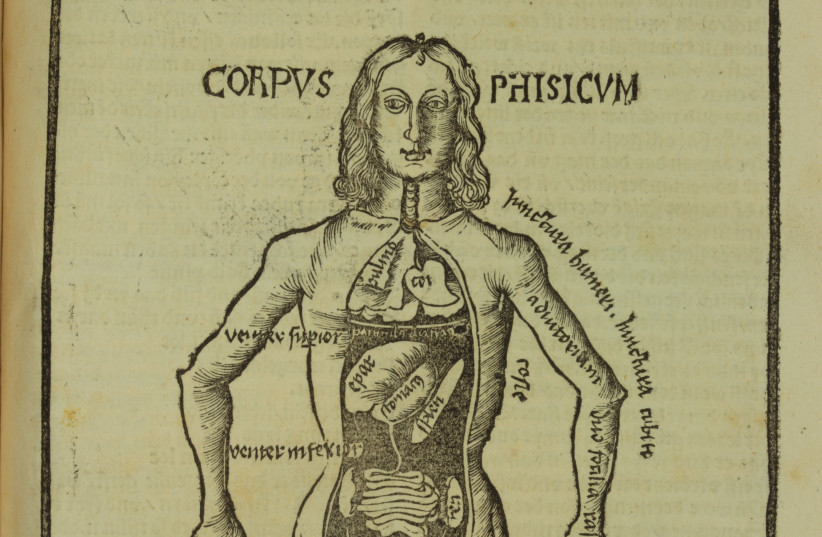A series of over 180 manuscripts from the Medieval era describing treatments for ailments has been digitized by the University of Cambridge, including grinding a salted owl into powder to treat gout, mixing the gall bladder of a hare with honey and then using a feather to put it on one's eye to treat cataracts and other bizarre remedies.
Most of the manuscripts, which contain some 8,000 recipes, date to the 14th or 15th centuries. One manuscript is even over 1,000 years old.
The manuscripts include both academic treatises with medical diagrams and simple pocketbooks meant to be carried by practitioners of medicine.
Some of them are in states of advanced age and need to be preserved before digitization.
Similar to a modern cookbook, the recipes contain short, simple instructions and many contain common garden ingredients. On the other hand, some recipes call for unusual ingredients.
Some of the ailments that the remedies were used to treat include flesh that grows in the eye, virulent ulcers, cancers and fistulas.
Statements by University of Cambridge officials
“The aim is to help both researchers and the public understand, study and value these unique and irreplaceable artifacts.”
Dr. James Freeman, University of Cambridge
“All of the digital images made by the Library’s Digital Content Unit, together with the detailed descriptions and transcriptions produced by the project cataloguers, will be published on the Cambridge Digital Library – making them available to anyone, anywhere in the world with an internet connection,” said Dr. James Freeman of the University of Cambridge.
“Each manuscript will be accompanied by an accessible introduction aimed at a general audience: these will explain what a book contains, place it in a broader context, describe who owned it, or pick out something significant about its history. The aim is to help both researchers and the public understand, study and value these unique and irreplaceable artifacts.”

